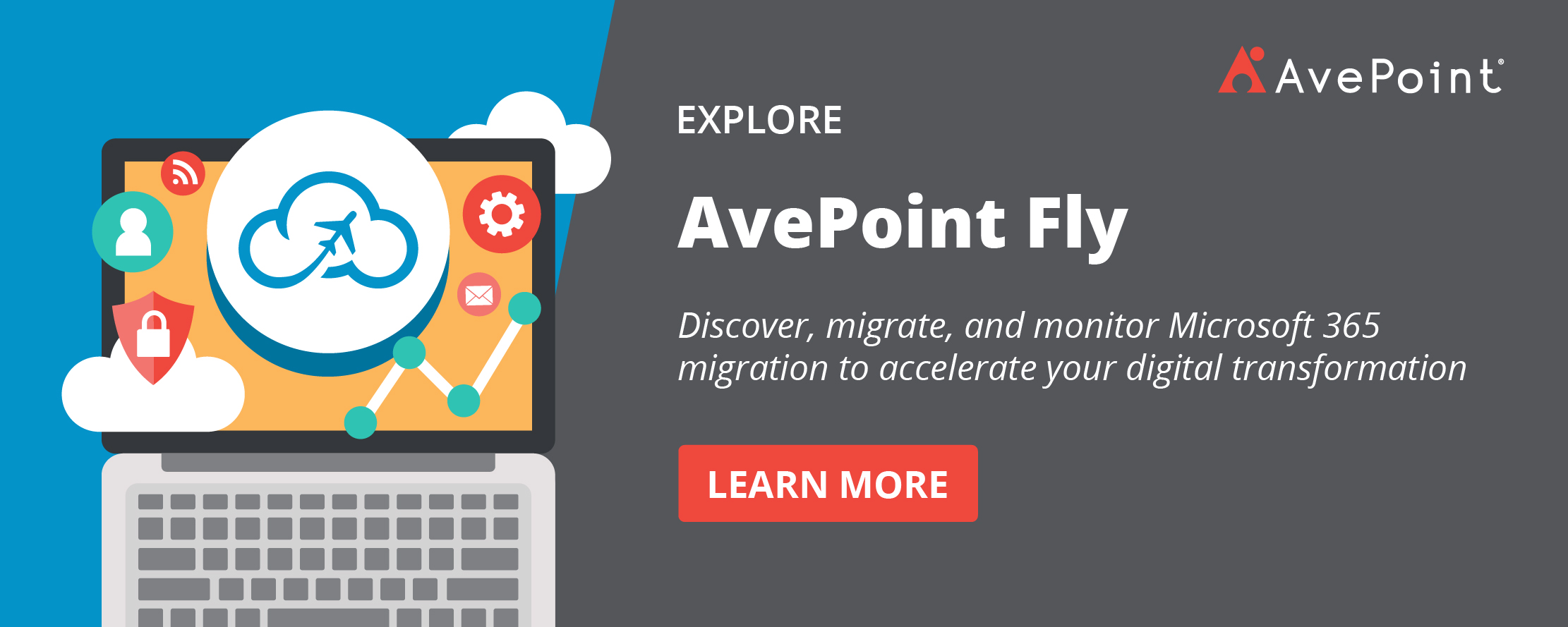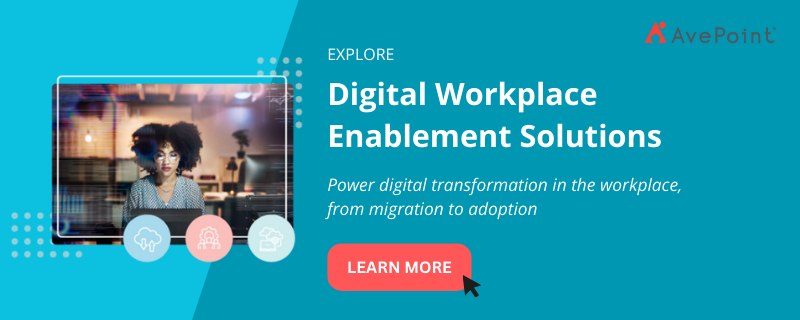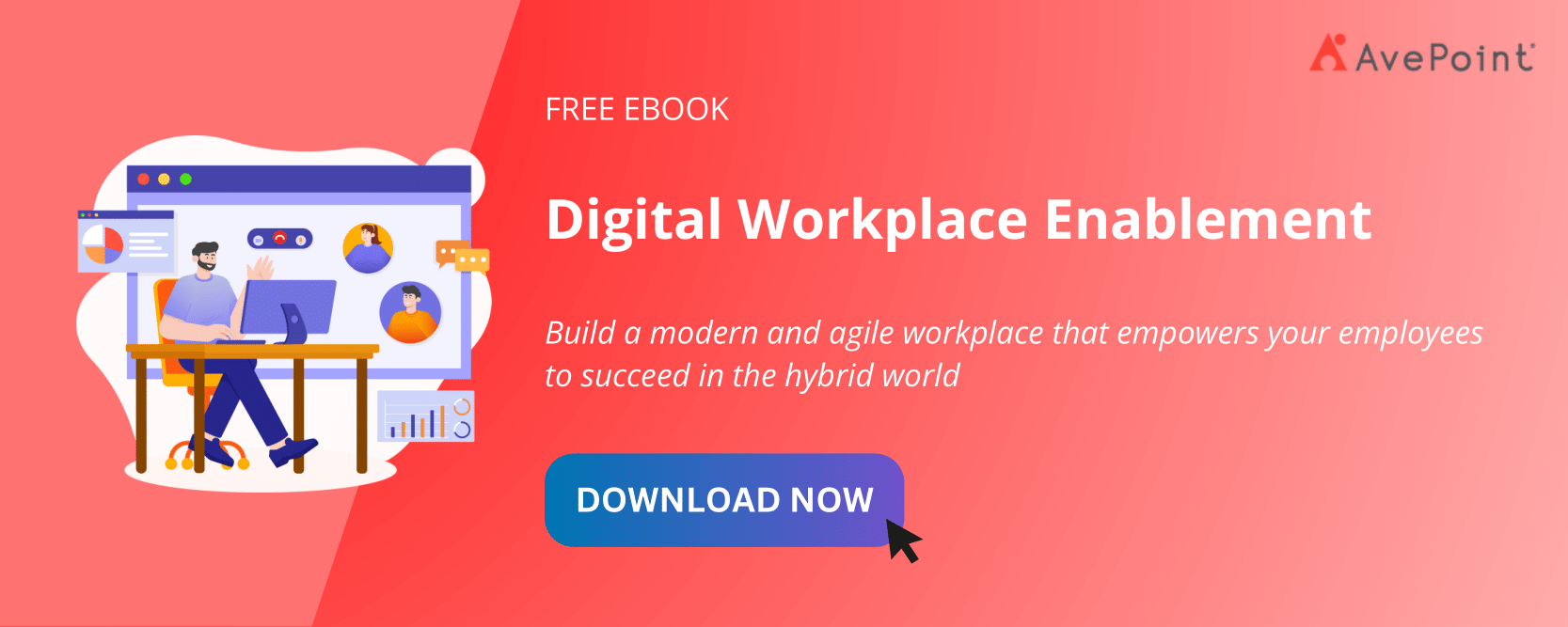From Legacy Systems to Cloud Collaboration: Wodonga TAFE’s Journey to Digital Workplace Success

Digital workplace enablement has become a necessity for organizations worldwide, especially as remote and hybrid work continue to be the norm. However, even after migrating to Microsoft 365, some organizations still have work to do to fully embrace digital transformation.
In this blog, we will use the story of Wodonga TAFE, a leading vocational education and training provider in Australia, to highlight how the right approach to digital workplace enablement can help organizations boost productivity and drive lasting digital workplace success.
Legacy Systems Could Be Holding You Back
Like many organizations, the sudden need for remote work during the COVID-19 pandemic prompted Wodonga TAFE to implement Microsoft Teams without a coordinated migration plan. This resulted in inconsistent file structures and limited visibility of what content was moved and what was missing, making information architecture challenging and data security difficult.
Even more concerning, it created a split culture within the organization, where some teams embraced the migration to Microsoft 365 while others clung to legacy file systems; this created communication and collaboration silos that hindered Wodonga’s digital transformation journey.
Wodonga learned, like many others, that’s not enough to simply migrate data to a modern solution; you need to drive adoption for true transformation. According to a World Economic Forum survey, more than 85% of organizations identified increased adoption of new and frontier technologies and broadening digital access as the trends most likely to drive transformation.
To push their digital transformation, Wodonga needed to formally migrate its file servers to Microsoft 365, leaving behind outdated legacy systems.
Migrate Smarter, Not Harder
To ensure a smooth migration, Wodonga chose to work with AvePoint, known for its expertise in both data migrations and the Microsoft 365 stack. AvePoint helped the institute’s infrastructure team install Fly, AvePoint’s migration tool.
Before beginning the migration, Wodonga used Fly’s free data discovery tool to identify relevant content, customizations, and potential risks in source data. The tool helped identify what content was on the legacy file servers and what still needed to be migrated to Teams, revealing that there was significantly less data than initially estimated.
AvePoint conducted migration workshops with Wodonga to review folder structures and determine the content to move to Teams. These workshops included working line by line with different departments to determine what data should be moved and where it should land in Teams.
After making some tweaks to the migration plan based on the pilot’s performance, the institute was ready for the migration. It was completed in four phases, and all content was moved to Teams without any issues or complaints thanks to the thorough preparation and testing.
By working with a migration expert, Wodonga was able to streamline its migration. Ben Haslett, the Business Solutions Team Lead at Wodonga TAFE, explains: “AvePoint provided guidance and weighed in on our plan, recommending certain steps based on their experience with thousands of migrations. When they recommended certain approaches, we knew they had done it a hundred times before and this was the best way to do it. Their expertise helped ensure that our migration was smooth and successful.”
Get AvePoint’s Digital Workplace Enablement solutions to Drive Your Digital Transformation
You’re Not Done When the Migration is Complete
While the migration to Microsoft 365 has brought significant improvements to Wodonga’s productivity and efficiency, it is important to remember that digital transformation is an ongoing process.
Research from Gartner and other sources has shown that technology adoption is heavily influenced by people-focused transformations. This means that providing new tools and technologies is not enough to achieve digital workplace success. Instead, organizations must invest in their people by offering comprehensive training and best practices for using these new tools effectively.
Wodonga understands this and established a digital skills committee to help staff members upskill and make the most out of the new tools. This committee advocates for Microsoft 365 best practices, like using sharing links instead of email attachments and chat-based collaboration instead of relying solely on email.
Wodonga TAFE’s successful migration serves as a prime example of the benefits of digital workplace enablement. By focusing on continuous improvement and investing in staff training, they are not only thinking long-term but also ensuring a lasting impact. Other organizations that want to achieve a successful digital transformation must think beyond just digital workplace migration to digital workplace enablement, taking the necessary steps to drive adoption and ensure a successful transformation.
To learn more about Wodonga TAFE’s successful data migration and ongoing efforts to improve their digital workplace environment, check out the full case study.
Get Started: Digital Workplace Enablement
As we’ve seen through the story of Wodonga TAFE, migrating to a modern solution like Microsoft 365 is just the first step in achieving digital transformation. To truly reap the benefits of a modern and agile digital workplace, organizations must commit to ongoing digital workplace enablement.
To get started on your own digital transformation journey, we recommend following these best practices:
- Modernize: In addition to migrating to a modern solution, organizations should regularly assess their digital workplace environment and incorporate new technologies and best practices as they emerge. This will help them stay ahead of the curve and drive innovation.
- Train: Simply providing new tools and technologies is not enough to drive adoption. Organizations must also train their employees on how to use them effectively and provide ongoing support to ensure they continue to use them. This will help maximize the benefits of modern technology.
- Measure: To ensure that digital workplace investments are paying off, organizations should track adoption rates, user feedback, and performance metrics. This will help identify areas for improvement and make necessary adjustments to achieve the greatest impact.
By following these best practices, you can build on the foundation set by a successful migration and achieve even greater transformation and innovation in the future. More importantly, ongoing digital workplace enablement can lead to improved employee satisfaction, increased efficiency, and better decision-making, among other benefits of a modern and agile digital workplace.
Ready to accelerate your digital transformation journey? Check out our free guide for more tips and best practices.
Kayla Haskins is a Content Marketing Manager at AvePoint, writing about all things cloud collaboration – including Power Platform, Microsoft 365, Google Workspace, and Salesforce. An advocate of operational governance and process automation, Kayla creates content that helps businesses manage technology to drive efficiencies in the modern workplace and make work/life balance a reality.







